 A statue of the mapinguary in Rio Branco, Brazil. Source of the photo: online version of the NYT article quoted and cited below.
A statue of the mapinguary in Rio Branco, Brazil. Source of the photo: online version of the NYT article quoted and cited below.
RIO BRANCO, Brazil — Perhaps it is nothing more than a legend, as skeptics say. Or maybe it is real, as those who claim to have seen it avow. But the mere mention of the mapinguary, the giant slothlike monster of the Amazon, is enough to send shivers down the spines of almost all who dwell in the world’s largest rain forest.
The folklore here is full of tales of encounters with the creature, and nearly every Indian tribe in the Amazon, including those that have had no contact with one another, have a word for the mapinguary (pronounced ma-ping-wahr-EE). The name is usually translated as “the roaring animal” or “the fetid beast.”
. . .
The giant ground sloth, Megatherium, was once one of the largest mammals to walk the earth, bigger than a modern elephant. Fossil evidence is abundant and widespread, found as far south as Chile and as far north as Florida. But the trail stops cold thousands of years ago.
“When you travel in the Amazon, you are constantly hearing about this animal, especially when you are in contact with indigenous peoples,” said Peter Toledo, an expert on sloths at the Goeldi Institute. “But convincing scientific proof, in the form of even vestiges of bones, blood or excrement, is always lacking.”
Glenn Shepard Jr., an American ethnobiologist and anthropologist based in Manaus, said he was among the skeptics until 1997, when he was doing research about local wildlife among the Machiguenga people of the far western Amazon, in Peru. Tribal members all mentioned a fearsome slothlike creature that inhabited a hilly, forested area in their territory.
Dr. Shepard said “the clincher that really blew me away” came when a member of the tribe remarked matter of factly that he had also seen a mapinguary at the natural history museum in Lima. Dr. Shepard checked; the museum has a diorama with a model of the giant prehistoric ground sloth.
“At the very least, what we have here is an ancient remembrance of a giant sloth, like those found in Chile recently, that humans have come into contact with,” he said. “Let me put it this way: Just because we know that mermaids and sirens are myths doesn’t mean that manatees don’t exist.”
Even so, the mystery of the mapinguary is likely to continue, as is the search.
“There’s still an awful lot of room out there for a large sloth to be roaming around,” Dr. Shepard said.
For the full story, see:
(Note: ellipsis added.)
 Some scientists believe that the mapinguary may be based on actual sightings of a real creature related to the Megarium, two of whom are depicted above. Source of the photo: online version of the NYT article cited above.
Some scientists believe that the mapinguary may be based on actual sightings of a real creature related to the Megarium, two of whom are depicted above. Source of the photo: online version of the NYT article cited above.
 Source of the map: online version of the NYT article cited above.
Source of the map: online version of the NYT article cited above.




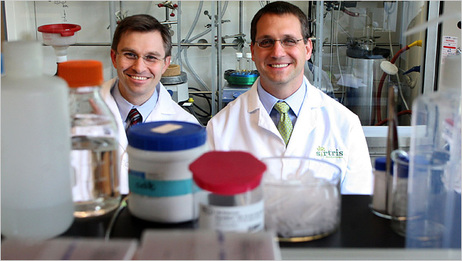
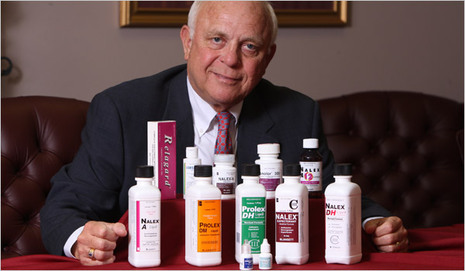

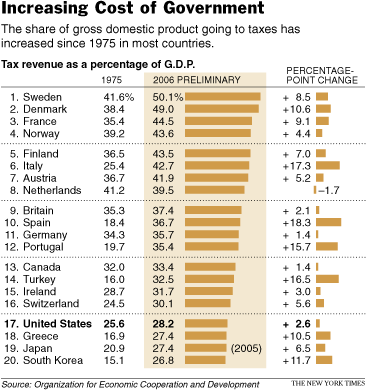 Source of graph: online version of the NYT article quoted and cited below.
Source of graph: online version of the NYT article quoted and cited below.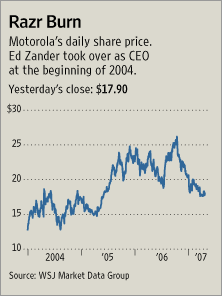 Source of graph: online version of the WSJ article cited below.
Source of graph: online version of the WSJ article cited below.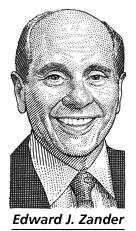 Motorola CEO. Source of image: online version of the WSJ article cited above.
Motorola CEO. Source of image: online version of the WSJ article cited above.
 Source of graphic: online version of NYT article cited above.
Source of graphic: online version of NYT article cited above.
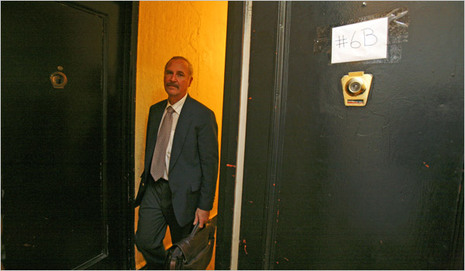
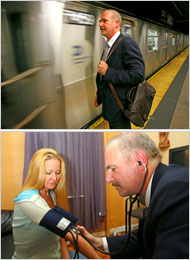 "He took the subway, top, to travel to the apartment of a patient, Kayla McDermott, who had a sore throat." Source of caption and photos: online version of the NYT article cited above.
"He took the subway, top, to travel to the apartment of a patient, Kayla McDermott, who had a sore throat." Source of caption and photos: online version of the NYT article cited above. Sally Satel is a medical doctor and a resident scholar at the Amerrican Enterprise Institute. Source of photo:
Sally Satel is a medical doctor and a resident scholar at the Amerrican Enterprise Institute. Source of photo: